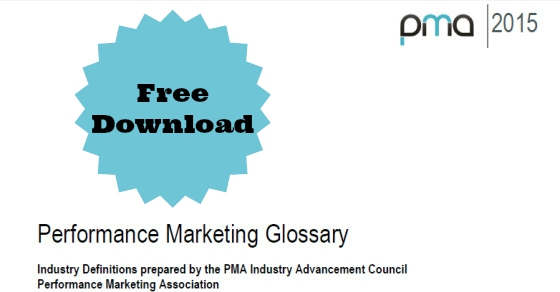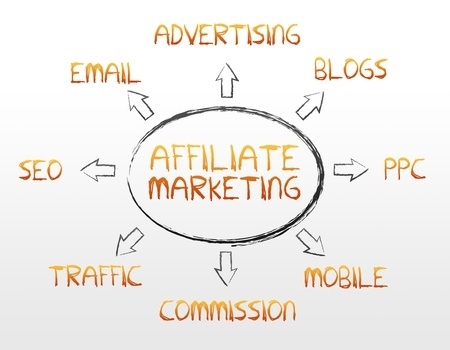 So, what is an affiliate? To you, the answer is obvious, something that effortlessly jumps to the top of your mind. But did you know that there are at least four distinct definitions of the word “affiliate” being used across our industry?
So, what is an affiliate? To you, the answer is obvious, something that effortlessly jumps to the top of your mind. But did you know that there are at least four distinct definitions of the word “affiliate” being used across our industry?
In this article, I provide a breakdown of the use and meanings of this word, along with all the other primary words used in different contexts within Affiliate Marketing.
I’m Not an Affiliate, I’m a PUBLISHER
At the recent Affiliate Summit West 2014 in Las Vegas, I overheard a conversation in which someone was asked if they were an “affiliate.” In reply, they curtly pointed out that they weren’t an affiliate at all, they were a “PUBLISHER.”
As a webmaster who promoted affiliate offers, of course she was an affiliate… wasn’t she?






 Affiliate marketing is in a state of both growth and transition, with many new types of publishers expanding the scope of the industry. One of the most exciting areas of opportunity is affiliate storefronts, which not only give merchants the ability to connect with non-traditional affiliates, but present schools and other nonprofits with a robust new fundraising channel.
Affiliate marketing is in a state of both growth and transition, with many new types of publishers expanding the scope of the industry. One of the most exciting areas of opportunity is affiliate storefronts, which not only give merchants the ability to connect with non-traditional affiliates, but present schools and other nonprofits with a robust new fundraising channel.

